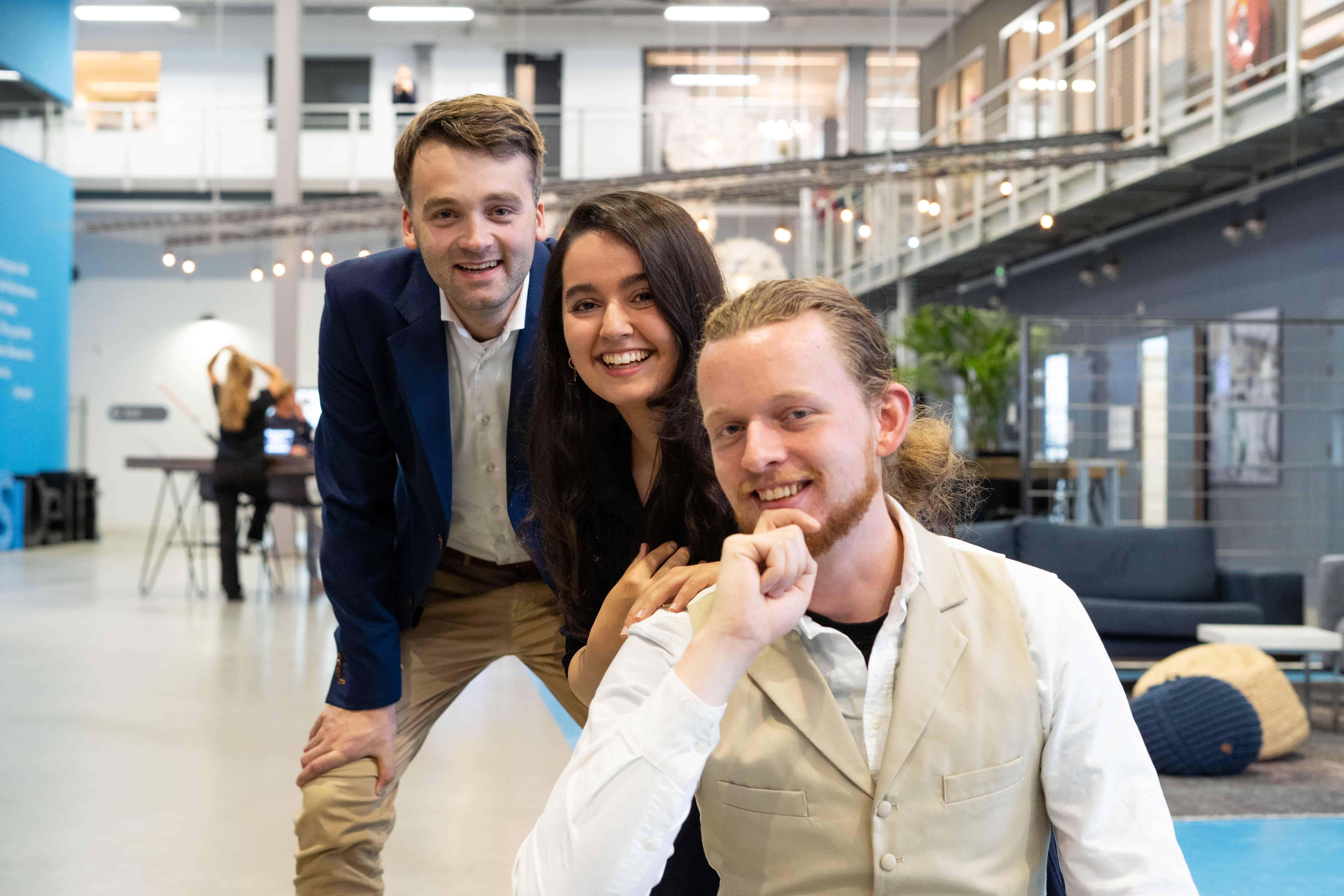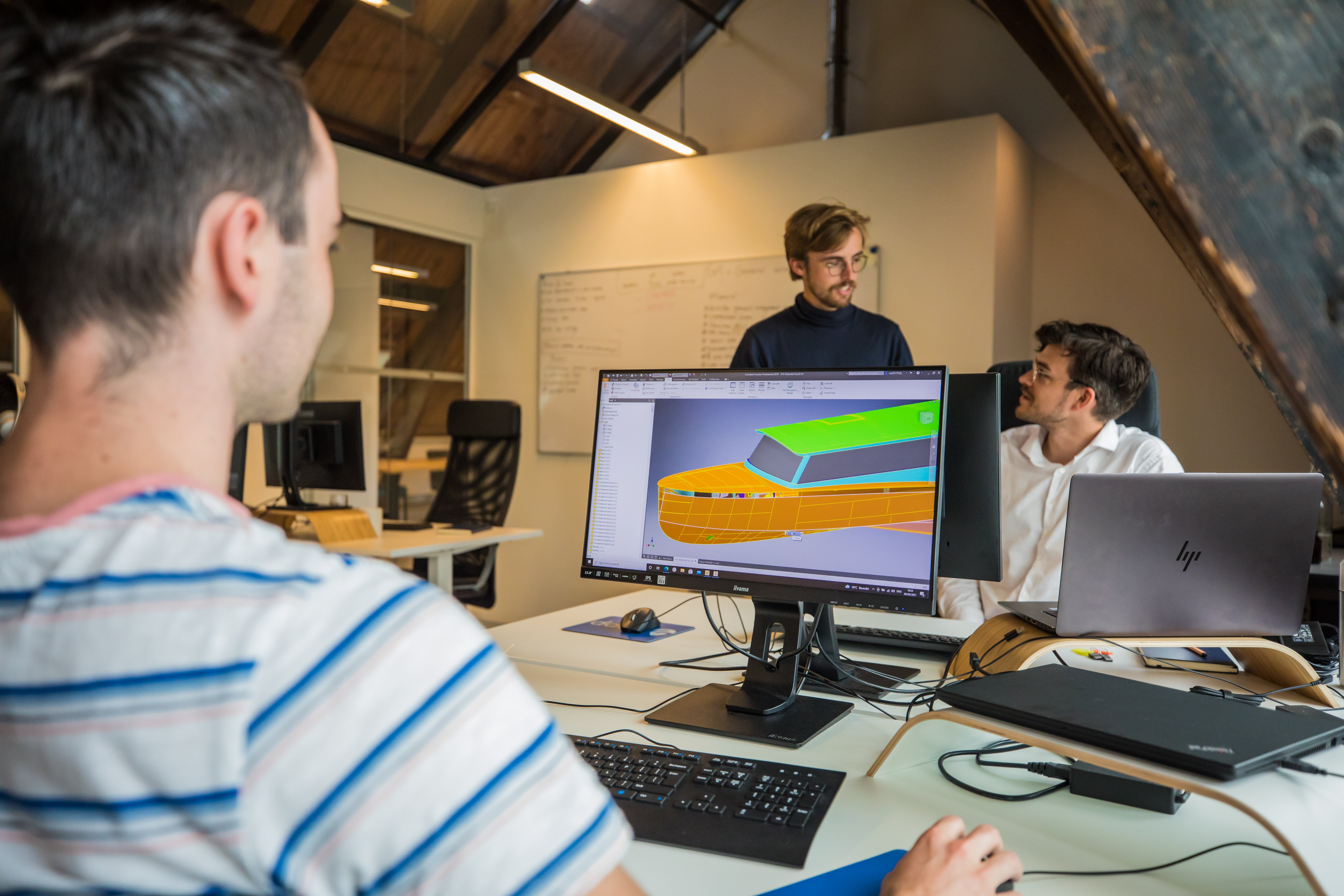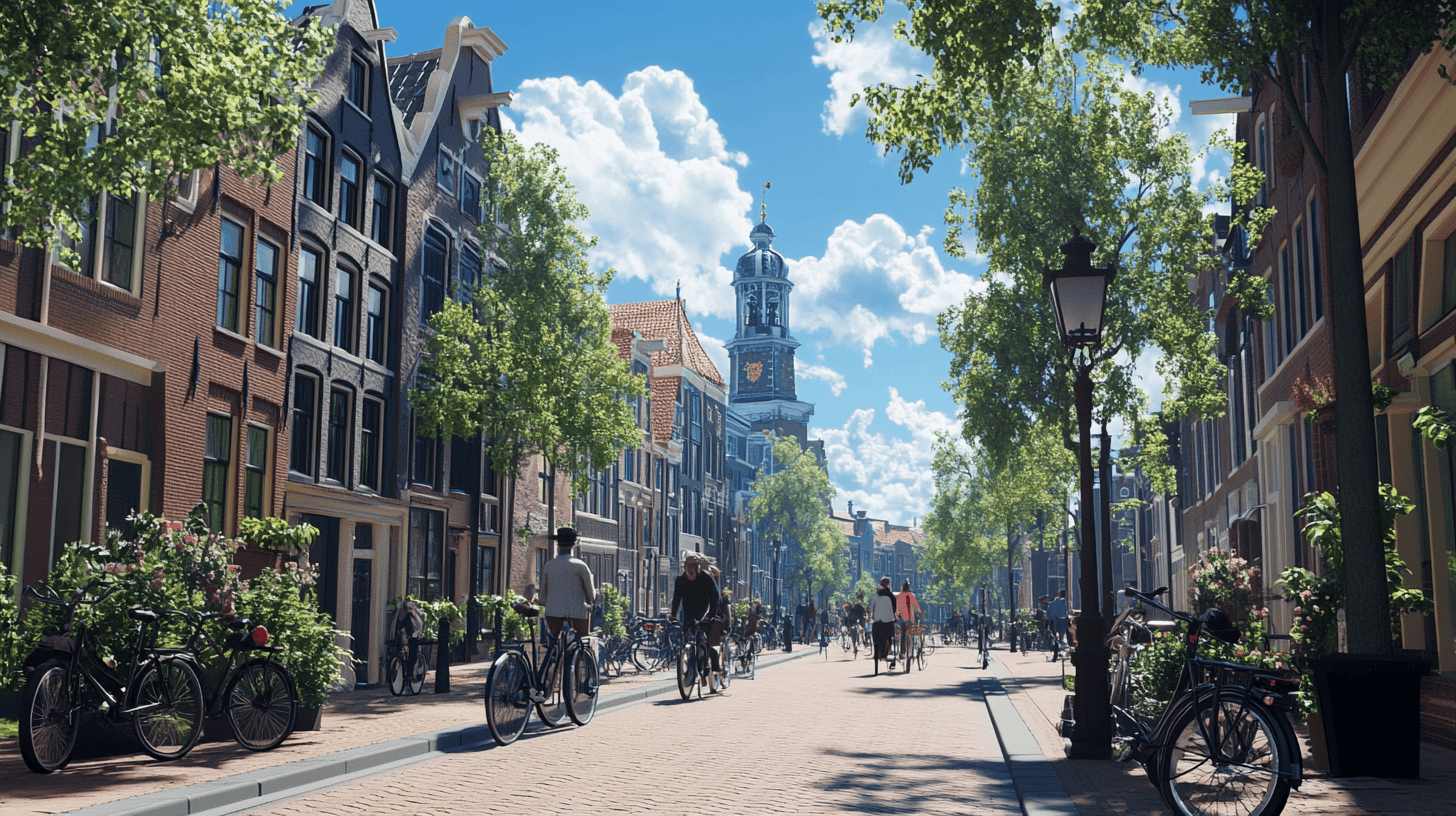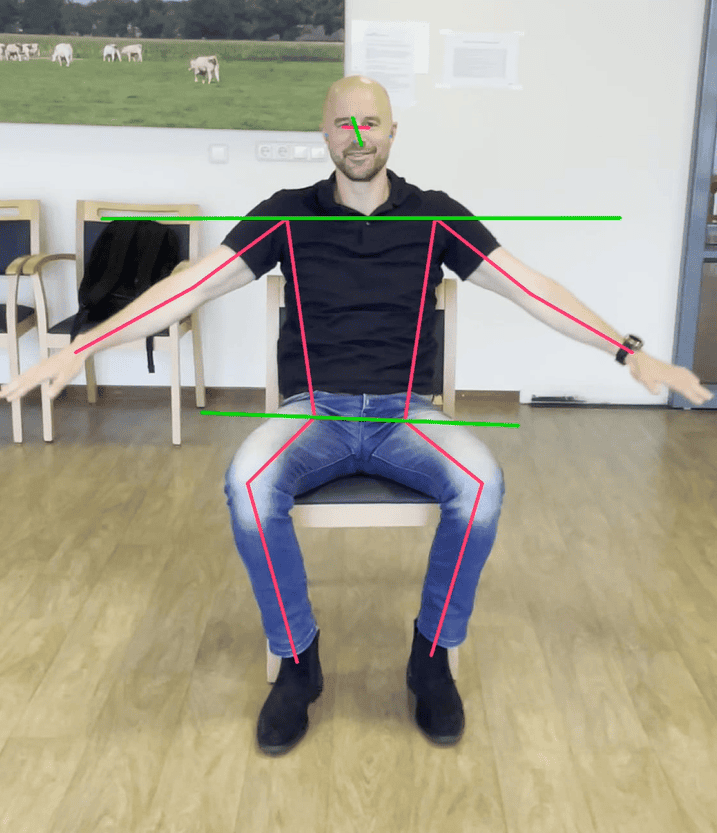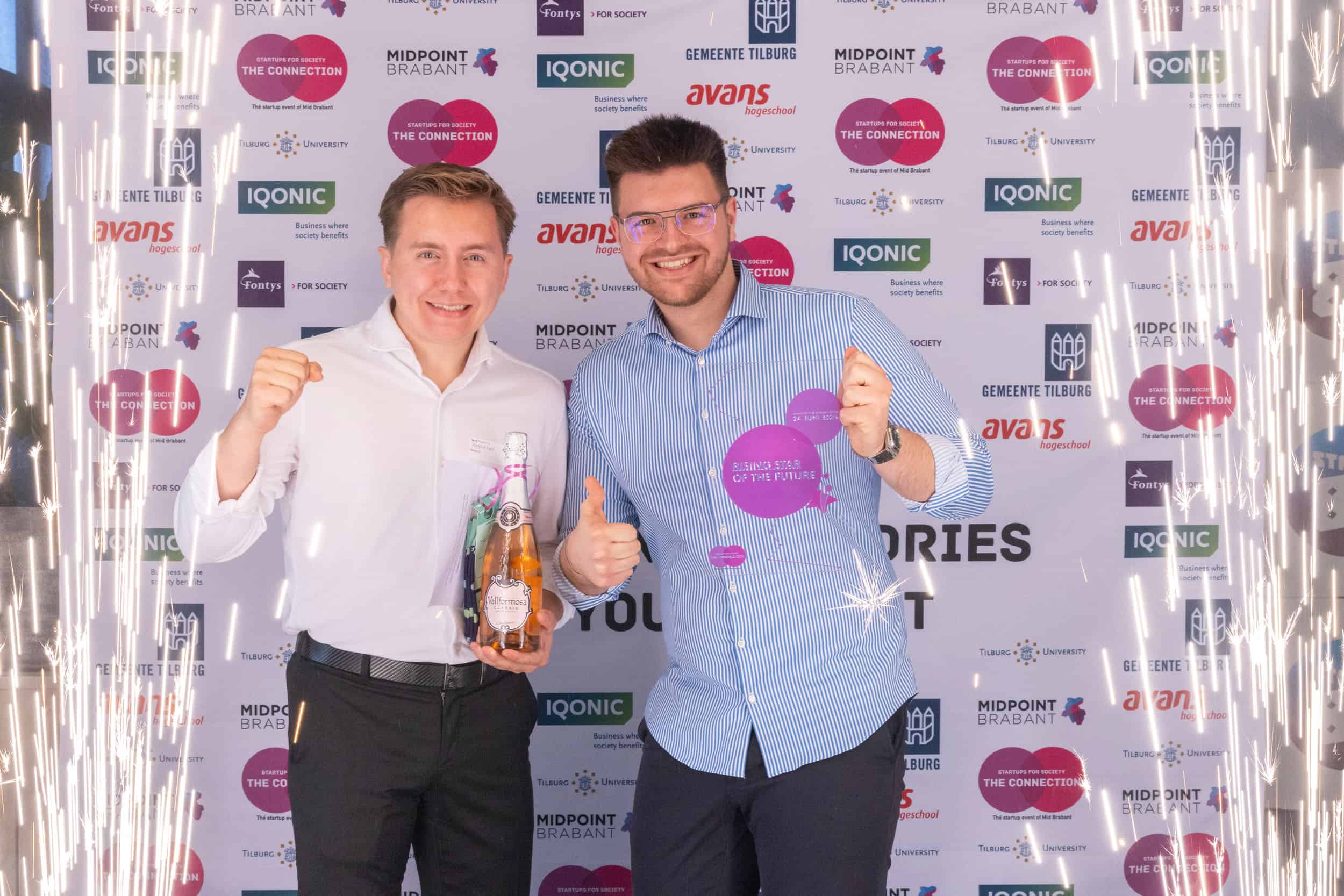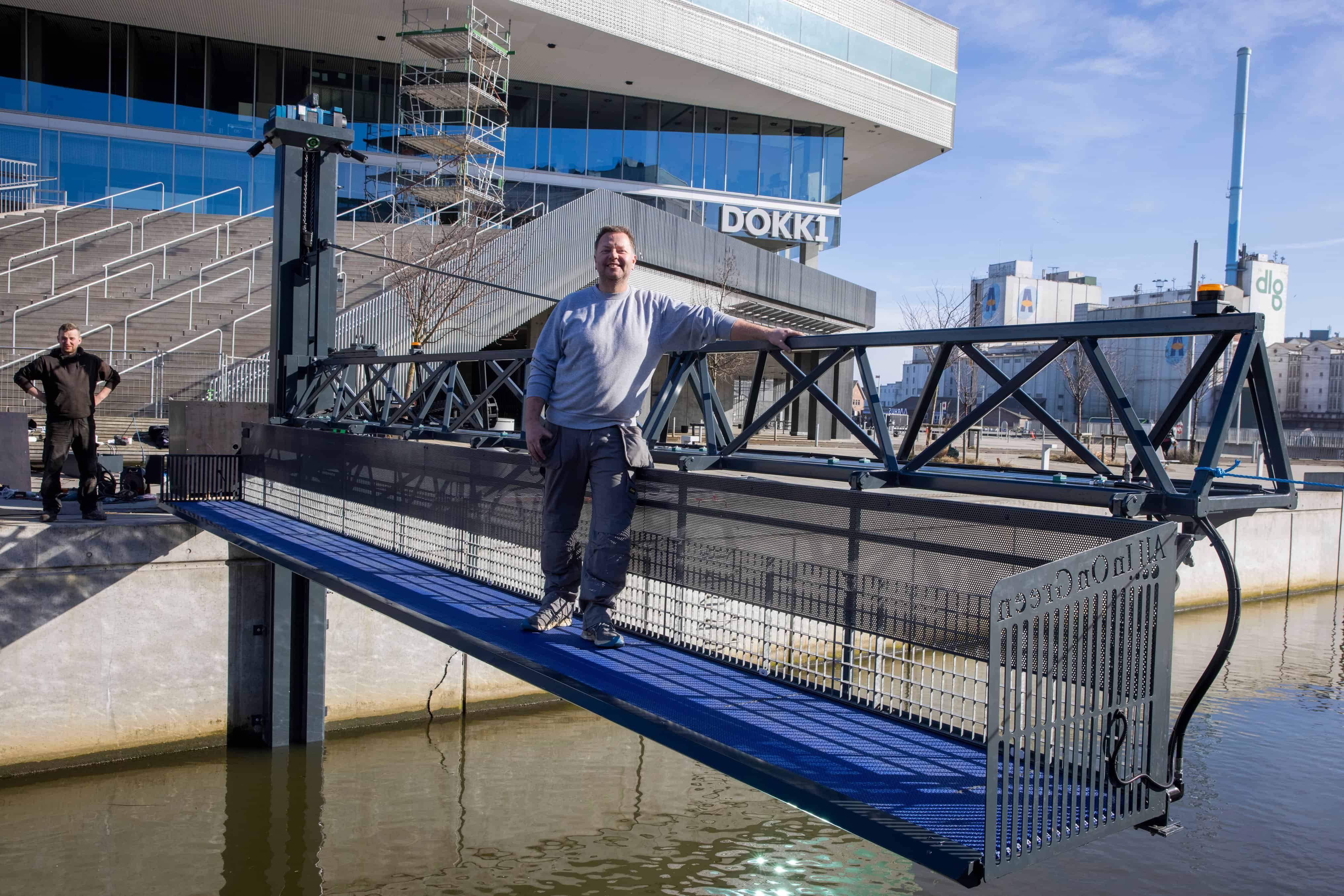
About All In On Green
- Founders: Mads Tranders Nielsen
- Founded in: 2018
- Employees: none, only extern
- Money raised: around 700.000 – 800.000 euro’s
- Ultimate goal: Protecting nature from all the waste that ends up in rivers and oceans. We believe we can contribute to the fight for a better world.
The amount of plastic that ends up in the ocean each year is equivalent to the weight of 57,000 blue whales. Ninety percent of that plastic waste enters the sea through rivers. Once the waste reaches the sea, it spreads quickly and is difficult to collect. That’s why Mads Tranders Nielsen founded start-up All In On Green and developed the SeaProtectorOne: a robot that systematically filters river water.

In twenty month time, the first SeaProtectorOne fished a hundred thousand pieces of trash out of the stream that runs through the city of Aarhus. In 2021, Nielsen and co-owner Frank Rosenbjerg took turns driving seventy kilometres every day from their home town of Viborg to Aarhus and back. They registered the waste piece by piece. Rosenbjerg: “That way we knew exactly what was in the water. We also proved that Aarhus, one of the greenest cities in Europe, has a problem with waste, too. Nobody expected us to get so much waste out of the water.”
The hundreds of road trips paid off; the municipality of Aarhus extended the contract until 2027. In this episode of Start-up of the Day, Nielsen and Rosenbjerg, co-owner and CCO, talk about how they plan to make the world greener.
How did you come up with the idea?
Nielsen: “I got the idea when I was on vacation with my family in Australia. There were huge amounts of garbage floating in a river in Melbourne. It flowed straight into the sea. Then I thought: why not remove it from the river, before it ends up in the sea. That idea didn’t leave me and once back home I started working with engineers to design a system that does exactly that.”
How does the SeaProtectorOne work?
Nielsen: “The robot consists of a land-based tower to which a waste trap arm is attached. The waste trap arm is equipped with a conveyor belt and a filter. The arm automatically adjusts to the water level, so that the filter is always in the water to catch all non-natural objects. The filter extends to a depth of thirty centimetres, where most of the waste is.
The robot has integrated sensors through which it automatically empties waste into a container on land. Emptying that container is done once a day, or when needed, by an employee of the municipality. In addition, it is equipped with thermal cameras that detect everything on or in the water: boats, surfers, swimmers. When detected, the robot swings its garbage-catching arm out of the way, to allow free passage. The robot can be powered by solar cells, but can also be connected to the electricity grid.”
Rosenbjerg: “It’s a modular concept. So we can make a suitable SeaProtectorOne for every river.”
It has been five years since you started building the robot. Where does your company stand now?
Rosenbjerg: “The SeaProtectorOne has proven its worth. Even in Aarhus, one of the greenest cities in Europe. We are very happy with the results. A second prototype could be on the market within now and a few months. Right now we are talking to many municipalities in Europe.”
Nielsen (laughing): “Europe is just the beginning, we are on our way to world domination.”
You are not the only company dedicated to filtering waste from river or sea water. What makes the SeaProtectorOne different from other solutions?
Nielsen: “Our robot is suitable for any river width and water level and can also process large pieces of waste. In addition, the parts can be easily transported and its use is very simple. I can explain how to use the robot within two minutes.”
What has been the biggest challenge?
Nielsen: “I think there should be a SeaProtectorOne wherever the river flows into the sea. But the product we developed is new. I did expect that it would be difficult to convince others of our idea, but I didn’t see coming that I would have to sit in the car for two hours every day for a year. The first results are promising, but convincing others of our concept remains difficult, people are sceptical. Nevertheless, I am convinced that in the coming years people will see our robot in more and more places.”
